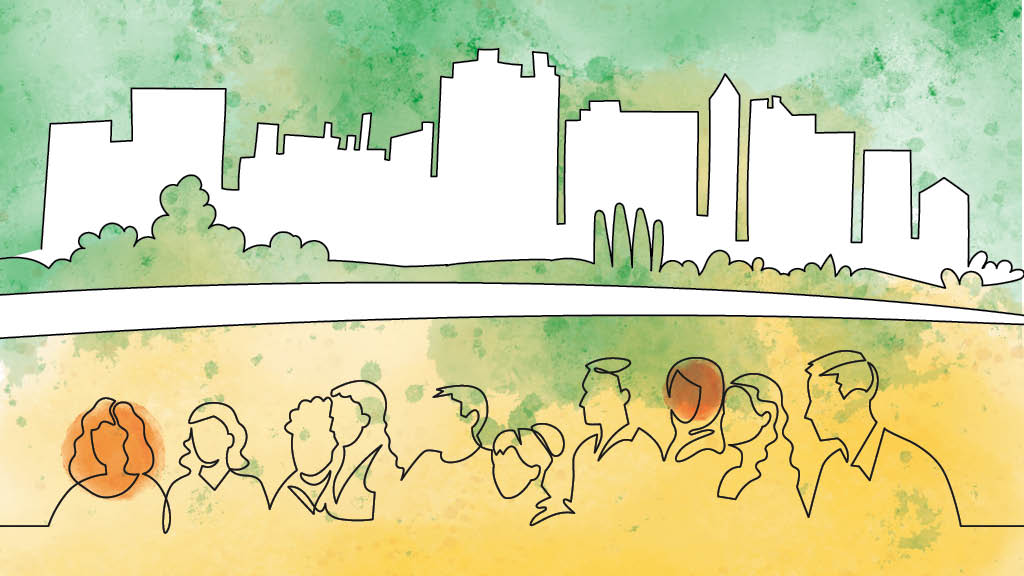Research Project Name
Beyond Senior Living: Designing Communities for Inclusion
What We Did
We conducted five structured roundtable discussions with providers including owners, operators, financiers, and consultants of senior living developments in October and November 2022. Each session began with a prompt related to Gensler’s perspective on the 100-year life and eight meta trends shaping the future of the senior living industry. These trends posit that experience will be increasingly focused on wellness, flexibility and customization. They will be located in mixed-use developments that are community-centric, inclusive, and empathetic to the community of users. The experience will be enhanced by discovery, learning, and digital integration. These trends place an importance on resilience and adaptability. Participants also responded to prompts regarding current market pressures, new service opportunities, cross-industry partnerships, and measures of success. We synthesized this data, alongside secondary research, to identify the key shifts occurring in the industry and the potential impacts on residents and providers.
The Context
Every day in the United States, 10,000 people turn 65, according to the UN Population Division. The number of older adults will more than double over the next 30 years to represent over 20% of the national population by 2050. To understand more broadly how these changes are impacting the current senior living industry, Gensler conducted a series of roundtables with senior living providers, including owners, operators, and developers, to reframe the conversation around “senior living.” The findings signal four pivotal shifts that are shaping the future of how we think about and design for later years of life. The research offers opportunities to key stakeholders and providers on how we might create new business models and ecosystems that help create enticing, safe and alternative housing for an age diverse population.
The Results
There are four paradigm shifts that are reshaping the mindset of how we design future developments for older adults.
Legacy to longevity: acknowledging that older adults are active members of society who require the infrastructure and amenities to continue living life as they want.
Functional to experiential: moving beyond single-use spaces to create adaptive, multifunctional destinations where people can live, socialize, feel safe, and have meaningful experiences.
Isolation to participation: taking a more holistic approach to developing spaces for older adults. Inviting them to be active participants in driving their desired experiences.
Fixed to flex: developing adaptable building infrastructure that evolves and changes to people’s needs as they live longer lives.
Learn More
Team
Jeremy Southerland, Michael Hendershot, Michelle DeCurtis, Laura Latham, Tama Duffy Day, Nick Watkins, Cindy Coleman, Kasia Maynard
Year Completed
2023
Comments or ideas for further questions we should investigate?
